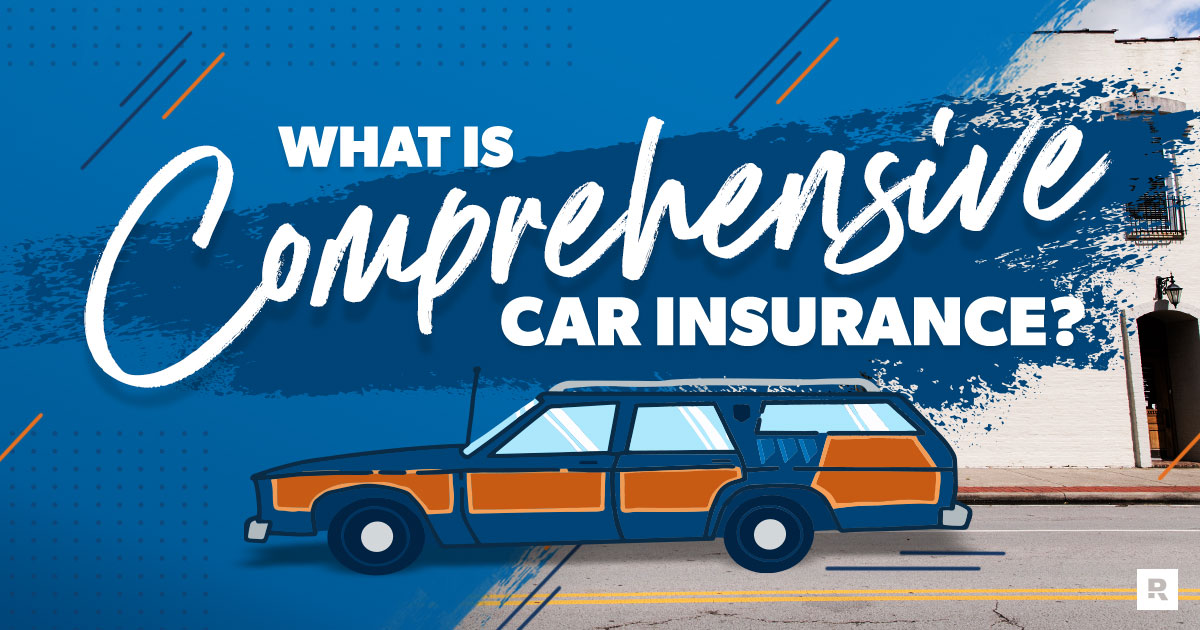Explore Insights with A4J6
A hub for the latest trends and information.
Insurance or Insanity? Decoding Your Car Coverage Conundrum
Navigate the chaos of car insurance! Discover the secrets to smart coverage decisions and avoid costly mistakes. Don't miss out!
Understanding the Basics: What You Need to Know About Car Insurance
Car insurance is an essential aspect of vehicle ownership that provides financial protection against accidents, theft, and damage. With various types of coverage available, it's crucial to understand the basics to make informed decisions. The primary types of car insurance include:
- Liability Coverage: This covers the costs associated with injuries and damages to others if you are at fault in an accident.
- Collision Coverage: This pays for damage to your own vehicle resulting from a collision, regardless of who is at fault.
- Comprehensive Coverage: This protects against non-collision-related incidents such as theft, vandalism, or natural disasters.
When shopping for car insurance, consider factors such as your driving history, the type and amount of coverage you need, and potential discounts available. Rates can vary significantly between providers, so it's wise to compare quotes and read customer reviews to find the right policy for your needs. Additionally, understanding your local laws regarding minimum coverage requirements can help you avoid legal issues while ensuring optimal protection on the road.

Top 5 Common Misconceptions About Car Coverage Debunked
When it comes to understanding car coverage, many people hold onto a variety of misconceptions that can lead to confusion and poor decision-making. One common myth is that full coverage means all potential damages are covered. In reality, 'full coverage' typically refers to a combination of liability insurance, collision coverage, and comprehensive coverage, but it does not protect against everything. For example, it won’t cover personal belongings stolen from a car or damages incurred from driving under the influence.
Another widespread misunderstanding is the belief that state minimum insurance requirements provide complete protection. While each state mandates a minimum level of coverage, these amounts often fall short of covering the full costs of an accident. Many drivers presume they are adequately insured, not realizing that they may face significant out-of-pocket expenses if they cause an accident. It is essential to evaluate coverage options thoroughly to ensure adequate protection against unforeseen circumstances.
Is Your Car Insurance Policy Insane? Key Factors to Consider Before Renewing
As you approach the renewal date of your car insurance policy, it’s essential to evaluate whether your current coverage is truly serving your needs or if it has become insane in terms of cost versus benefits. Begin by reviewing your existing policy details, including coverage limits, deductibles, and any specific exclusions that may impact your protection. Consider factors such as your driving habits, vehicle condition, and how frequently you use your car. Keeping an eye on the market trends can also provide insights into whether you’re overpaying compared to similar policies available within your area.
Another critical aspect to examine is how your claim history and any recent life changes—for instance, changes in address, marital status, or credit score—may affect your premiums. Additionally, obtaining quotes from multiple insurers can help you gauge if your current provider is offering competitive rates. Don't shy away from asking your insurance agent about potential discounts, such as safe driving rewards or bundling policies, that could significantly lower your premiums. In the end, conducting a thorough review ensures you have the best possible coverage without the risk of an insane policy draining your finances.